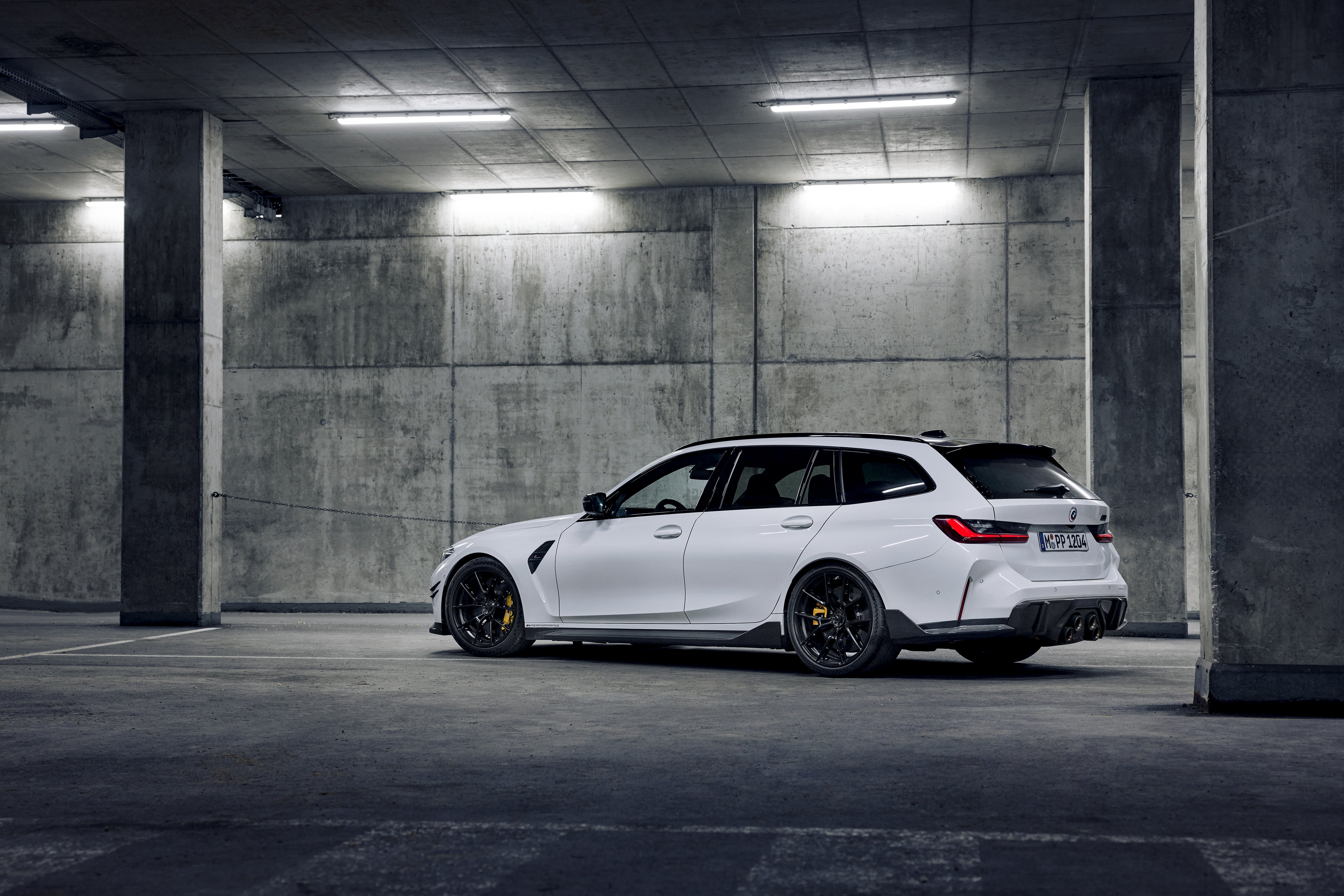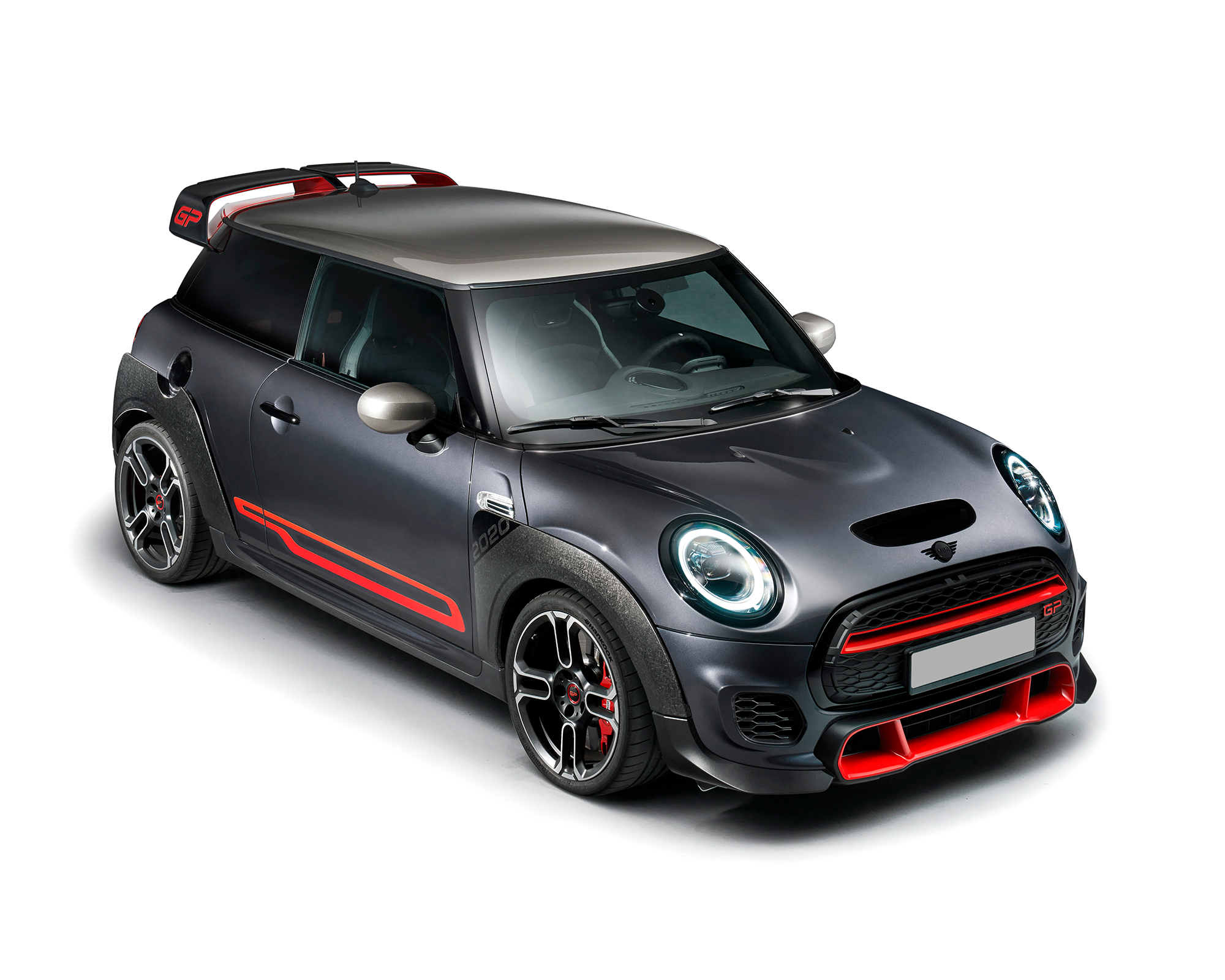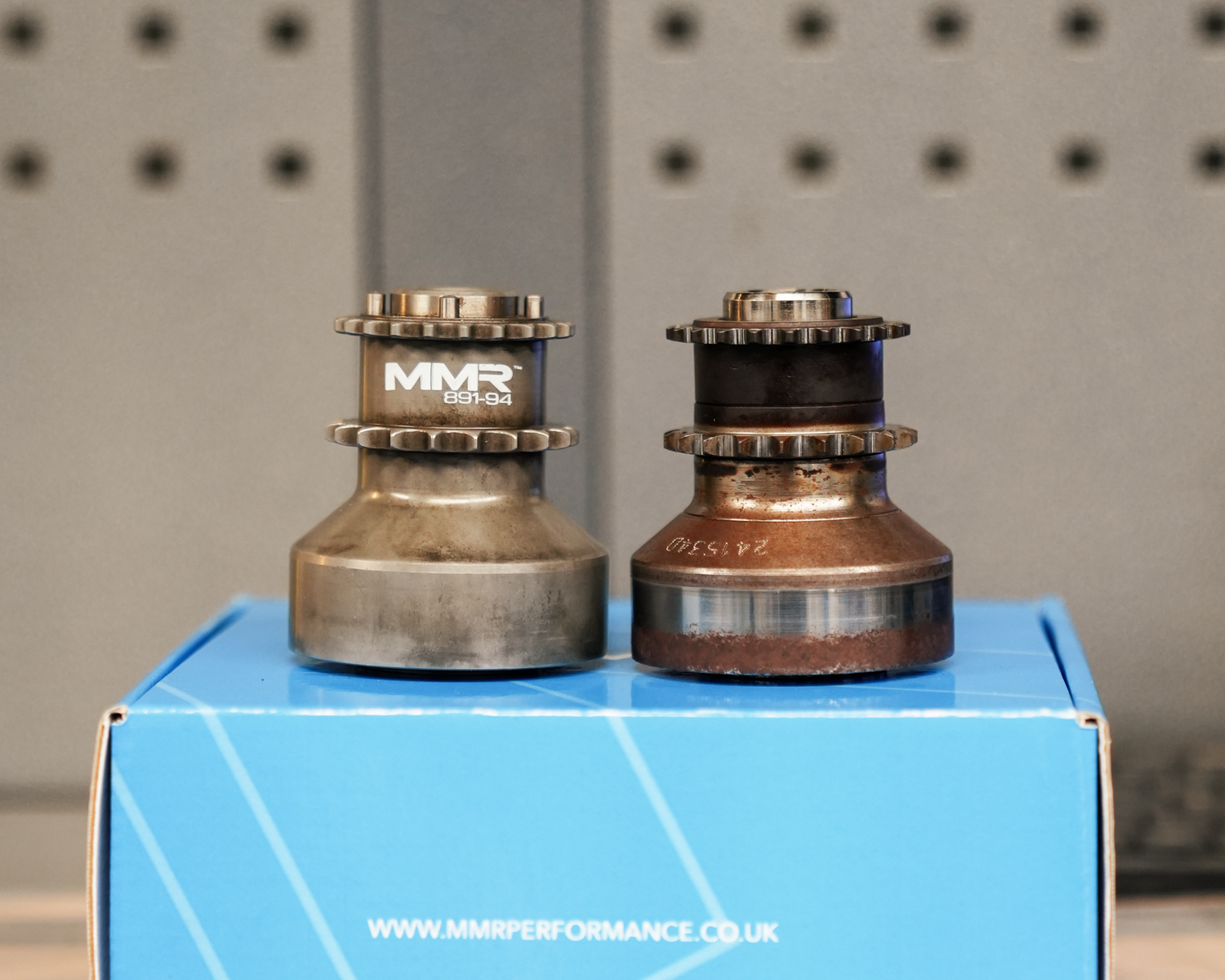So, you've heard all about the S55 crank hub failure issue, which affects the 3.0L S55 engine found in the F8x BMW M3, M4, and M2 Competition models.
As an avid BMW stan already, you'll no doubt find yourself asking what are the symptoms of this problem? What's the common failure point of the S55? And, what causes crank hub failure in the first place? Well, let's find out...
What Causes The Issue?
Take the vast majority of modern engines (high performance or otherwise). The crankshaft drives the camshaft via a belt or chain with gears locked in place on both shafts with a keyway. The piston and valve relationship should always stay the same to maintain piston-to-valve clearance. Any unintended slippage of the chain/belt will vary the timing - resulting in a rising piston meeting several fast-moving valves… ultimately leading to catastrophic engine failure!

It remains a mystery why BMW's engineers secured the crank hub with a single bolt, accompanied by a friction material on performance M-Car models. There’s no keyway or pins holding it in place, just friction (and prayers)!
The infamous S55 crank hub failure can occur after a high shock load from changing gear, or from harmonics (vibrations) over time loosening the crank bolt. This may happen over time, or all at once. It seems that every engine is different as everyone’s driving style is different. However, putting those two points aside, the failure is usually catastrophic.
What BMW models are affected?
Let's keep this in perspective - we estimate that under 10% of S55 engines ever suffer from a spun crank hub; whether they’re standard or modified. That being said, clearly the higher the state of tune, the higher the risk of failure. Naturally.
 |
 |
 |
The 3-litre S55 engine shares the same flawed crank hub design as the ever-popular N55 and N54 engines, however, it's a much less frequent issue. Why's that, then? Simply, the S55 is much easier to extract higher power outputs from, making it more susceptible to failure once tuned. They're so similar that the S55 and N55 share identical OE crank hub part numbers and the N54 is followed closely behind on similarities too.
So, if you're running a high-powered, or hard-driven S55, N55, or N54, we'd certainly recommend our crank hub upgrades to protect your engine… and your wallet!
What are the symptoms of a slipped crank hub?
Don't expect any warning symptoms of a crank hub failure. This isn't something that occurs gradually over time, nor is it something that you can check for. If your S55, N55, or N54 hub is going to slip, it will occur all of a sudden. If the ECU senses that the timing has slipped, even a minute amount, it will trigger a drivetrain failure EML on the dash. Expect a rough idle and reduced engine performance. This is the best-case scenario!
The next stage is that the electronics will prevent the engine from starting after further slippage has occurred. Annoying, we know - but a safety precaution that will save you from some really big bills. At this stage the problem is fixed by replacing the OE crank hub and to carefully re-time the engine. Once the crank hub has slipped like this the only course of action is to replace the failed hub, as they're a one-time-use part from BMW.
However, in the absolute worst case, a spun crank hub will cause serious internal engine damage, requiring a full engine rebuild. Such damage will likely occur if the crank hub slips at high engine RPM, on a hard downshift or on track for example. Or if you continue to drive with an already slightly spun hub.
How to fix a crank hub failure & what are my options?
Right, there are two parts to this answer. Firstly, preventative steps to take before your M-Power engine experiences the dreaded crank hub failure. Secondly, assuming crank hub failure has already occurred, how to repair your crank assembly to make sure it doesn't happen again.
Let's start with preventative measures - a crank bolt capture plate is an affordable first step to protect a car that has shown no slippage issues and still runs smooth. Having checked that the engine is timed perfectly the capture plate fits over the head of the crank bolt and is secured to the crank pulley assembly via eight bolts.
 |
 |
 |
The result? With the capture plate bolted up tight the crank bolt simply cannot come undone. This alone is enough to save you an awful lot of future headaches and wallet pain - thank us later. Plus, don’t forget that added peace of mind you’ll get every time you plant your right foot too. That’s surely priceless! For more information on our capture plate, click HERE.
For the ultimate preventative measure, which we'd strongly recommend if you're planning serious track use or tuning your S55, N55, or N54 powered 6-cyl; install a single-piece crank hub. We highly recommend installing this along with our capture plate so you've got absolute peace of mind of no future failures occurring.
In the world of crank hubs, you have two options. Either a PINNED or an UNPINNED crank hub. In essence, a pinned crank hub contains a selection of pin dowels that require holes to be drilled into the end of your crankshaft, uniting your crank and crank hub. An unpinned crank hub doesn't utilise the above mentioned pin dowels. For our pinned crank hub solution, click HERE. And for our unpinned crank hub, click HERE.
 |
 |
 |
There's no doubt that a pinned crank hub is the absolute ultimate preventative and upgraded part to use when pushing your tuned M-Car to the limit. It's also worth pointing out that it's the most expensive, time-consuming, and risky to install compared to the capture plate or unpinned options.
What If Your Crank Hub Has Already Slipped - What Now?
Finally, if a crank slip has already happened, bad luck! Even if no engine damage has occurred you now have no choice but to replace the affected components, as they are single-use parts from BMW. Once any slipping has occurred (even if only the slightest amount) the bolt cannot be re-tightened.
This is your moment of choice. BMW will fix the problem with a new set of identical BMW replacement parts. But most knowledgeable owners opt not to re-fit these failure-prone factory parts again, in the sure knowledge that the same problem could occur . The wiser choice is to now install our single-piece crank hub secured with our capture plate. Although you’ve got the financial pain of fixing the crank hub slippage, at least you’ll now have absolute peace of mind for the lifetime of your car.
Ultimately in the case of this specific crank hub issue prevention is better (and cheaper) than dealing with catastrophic engine failure! Because no one needs that on their plate.
We hope this has helped to shed some light on the issue for you. Don’t forget that we have an extensive dealer network with a wealth of knowledge who you can call on for more advice, including supply and fitting of all MMX parts. Click HERE for more.




